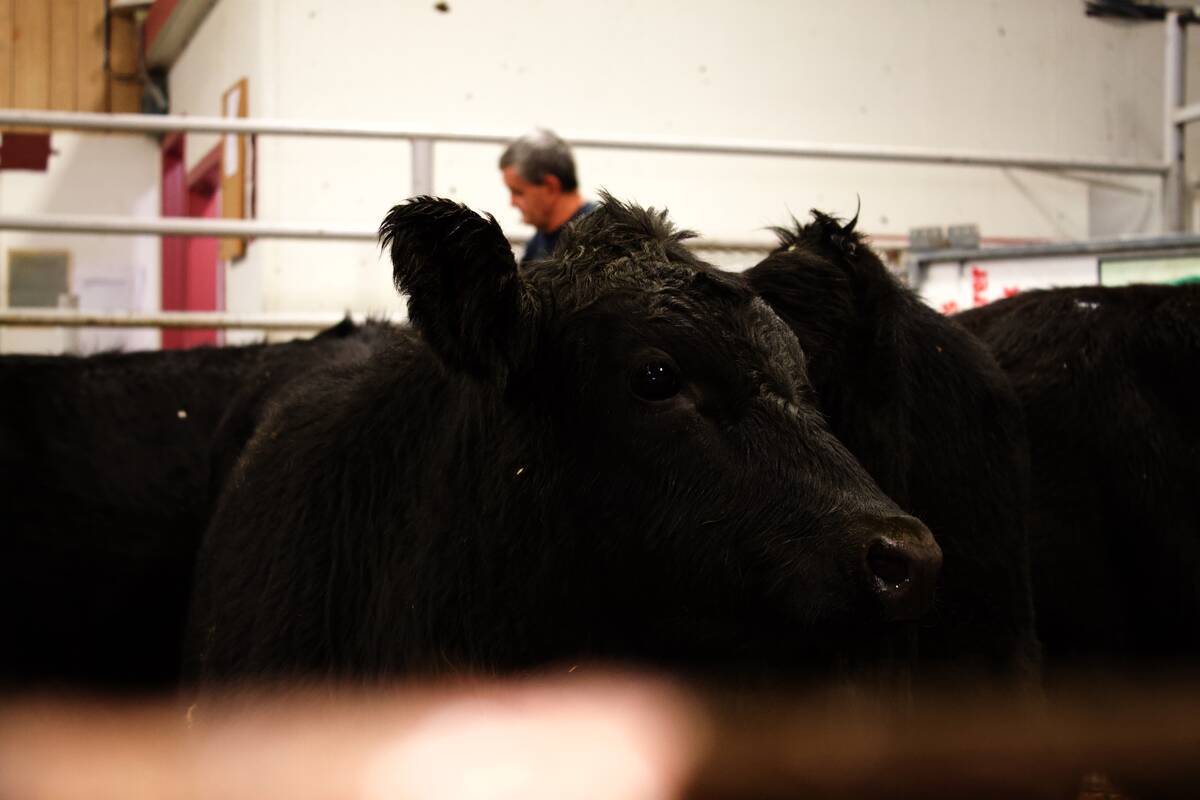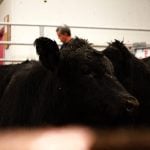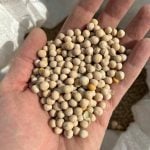Western Canadian feeder cattle were actively trading $3-$5 higher compared to week-ago levels. Order buyers felt like they were groping in the dark but realized there was a fair amount of buying interest by the week’s end. Alberta and Ontario orders were floating aggressively into Manitoba and eastern Saskatchewan, which kept the market flat across the Prairies. Major feedlots in Alberta were focusing on local cattle in the heavier weight categories, which caused softer tone in Saskatchewan and Manitoba for yearlings over 850 lbs.
Indeed, calves are becoming harder to buy, with a small group of mixed steers with no special feature averaging 600 lbs. trading from $195 to $197 in central Alberta. Similarly, larger-frame Charolais- and Angus-based 625-lb. steers were quoted at $201-$203 landed in southern Alberta. Steers averaging 700 lbs. were actively selling from $181 to $187 across the Prairies but the price range on heifers was extremely wide as the weights increased. In southern Alberta, mixed heifers around 750 lbs. traded for $157 while in southern Manitoba, medium-frame mixed heifers averaging 650 lbs. were quoted at $161.
Read Also

Klassen: Feeder market closes year on soft tone
For the week ending December 20, Western Canadian feeder cattle markets were steady to $10 weaker compared to seven days…
Early backgrounded calves from last fall are starting to come on the market and the discerning eye is resulting in a sharp variation on similar-weight cattle. Too much grain can make flesh levels deceiving. Mixed steers weighing just over 800 lbs. reached up to $176 in southern Alberta while similar-weight cattle with no special feature traded at $171 in southern Manitoba.
Alberta packers were buying fed cattle in the range of $160-$162, the same as last week. Cattle will be picked up on the next couple of weeks so they’re current with purchases, signalling positive beef movement. Wholesale beef prices generally pick up in February and March. Break-even pen closeout for finishing feedlots is near $138, so margins remain in healthy territory.
The concern is the summer months, when fed cattle could drop $15-$20 from current levels — and this fear is tempering the upside in the feeder market. Feedlot owners don’t want to give away all their gains over the winter. The sentiment equates to fish in a calm stream but knowingly approaching troubled waters.
— Jerry Klassen is manager of the Canadian office for Swiss-based grain trader GAP SA Grains and Produits. He is also president and founder of Resilient Capital, which specializes in proprietary commodity futures trading and commodity market analysis. Jerry owns farmland in Manitoba and Saskatchewan but grew up on a mixed farm/feedlot operation in southern Alberta, which keeps him close to the grassroots level of grain and cattle production. Jerry is a graduate of the University of Alberta. He can be reached at 204-504-8339.















